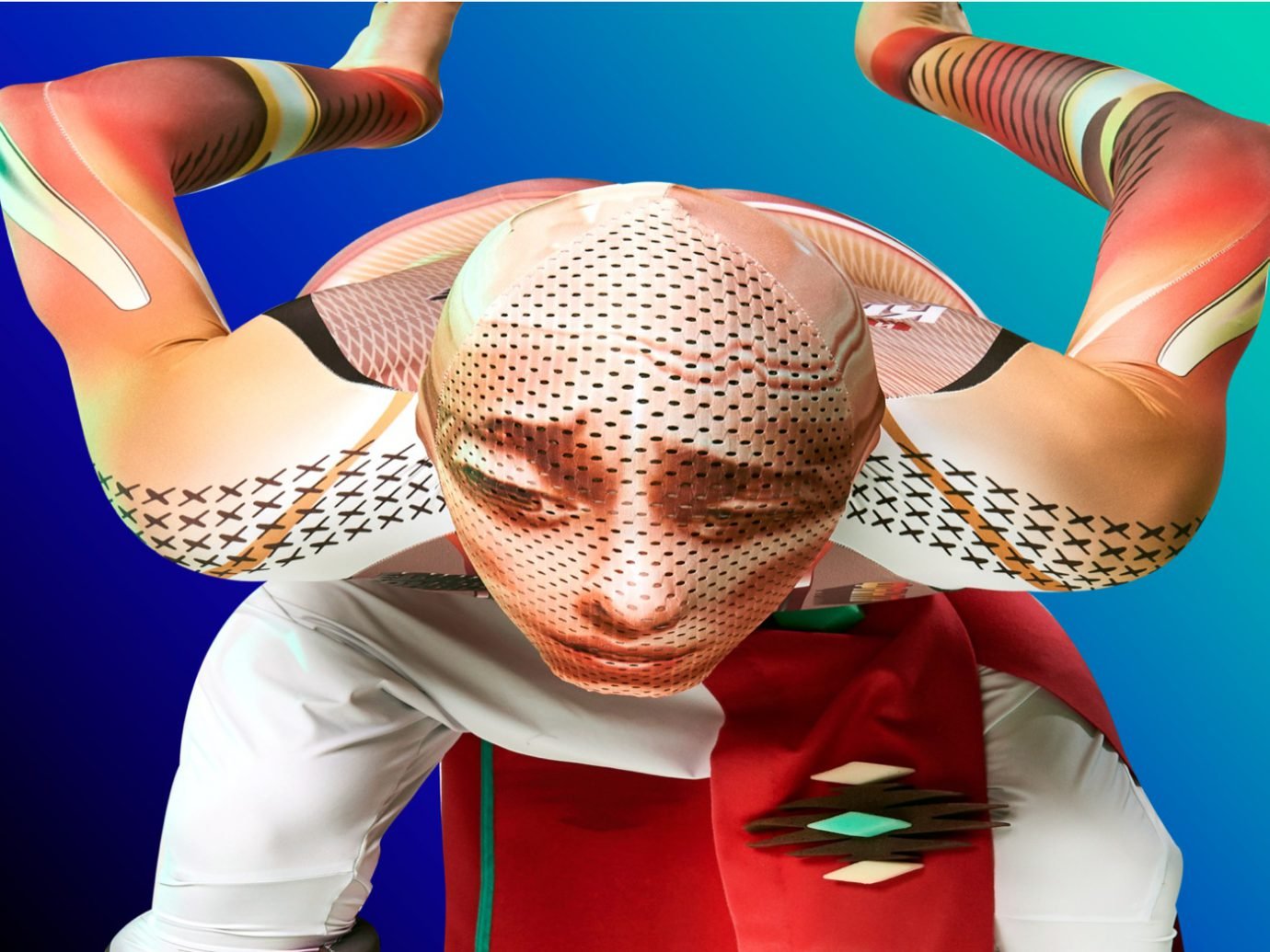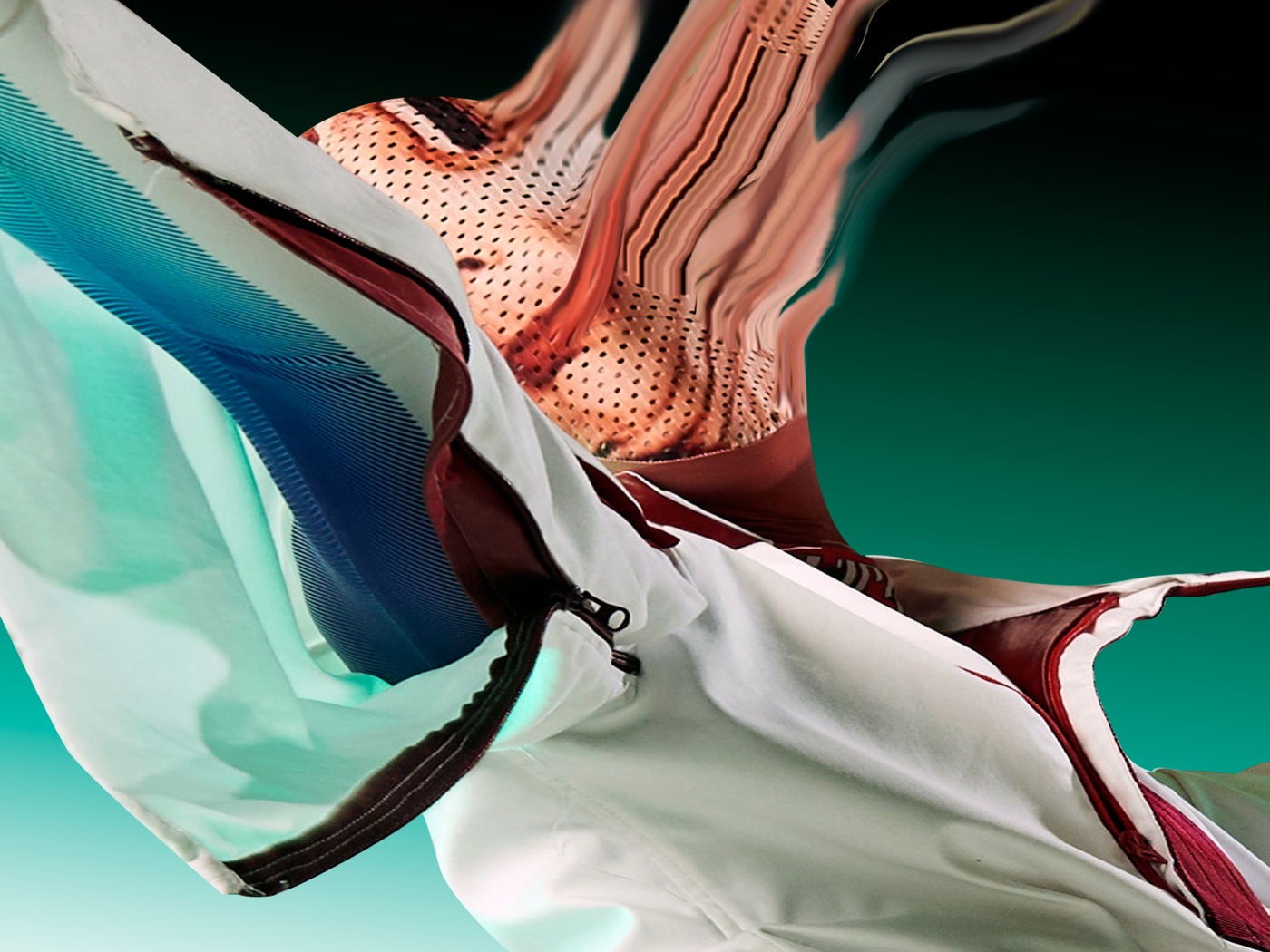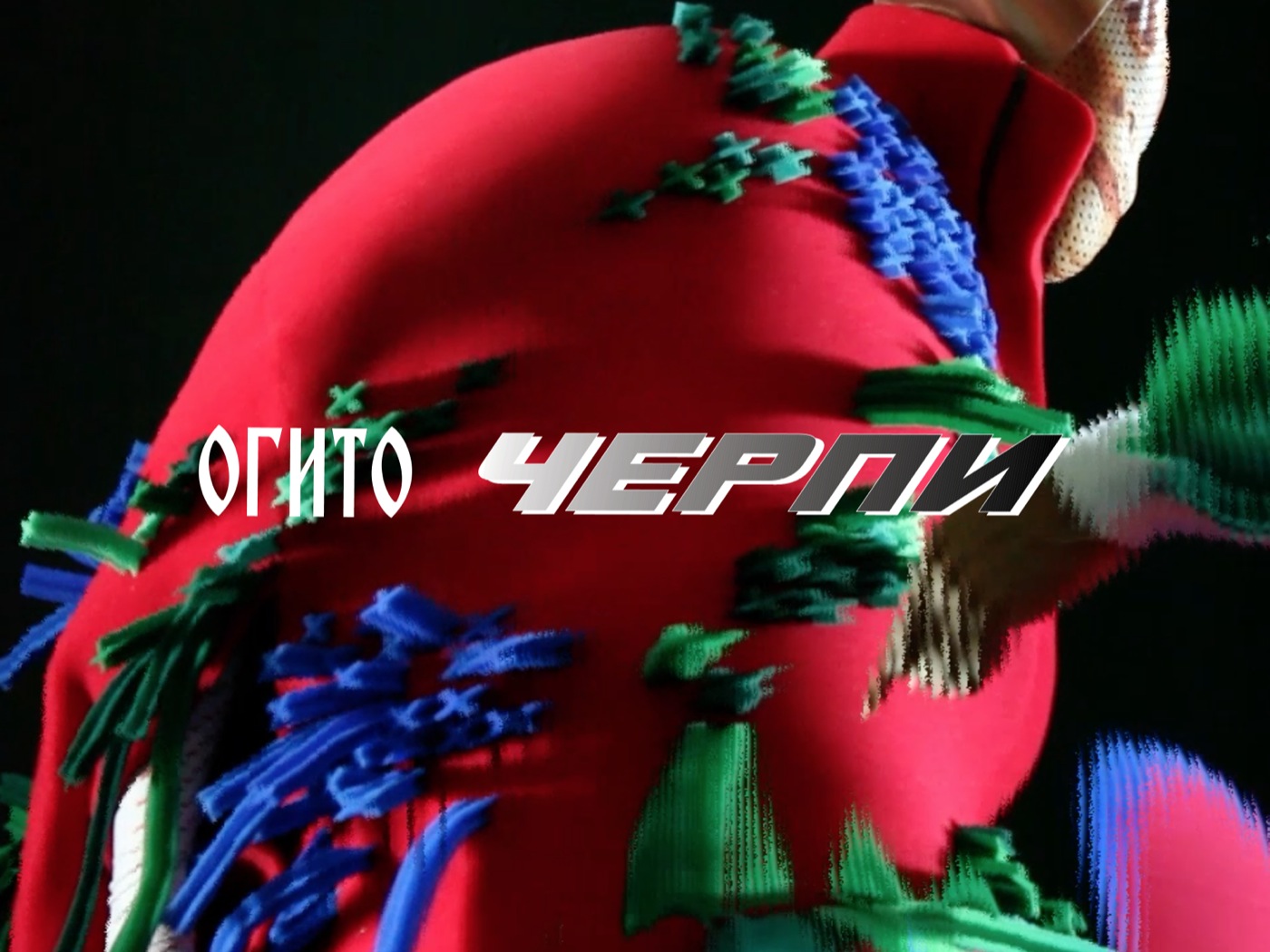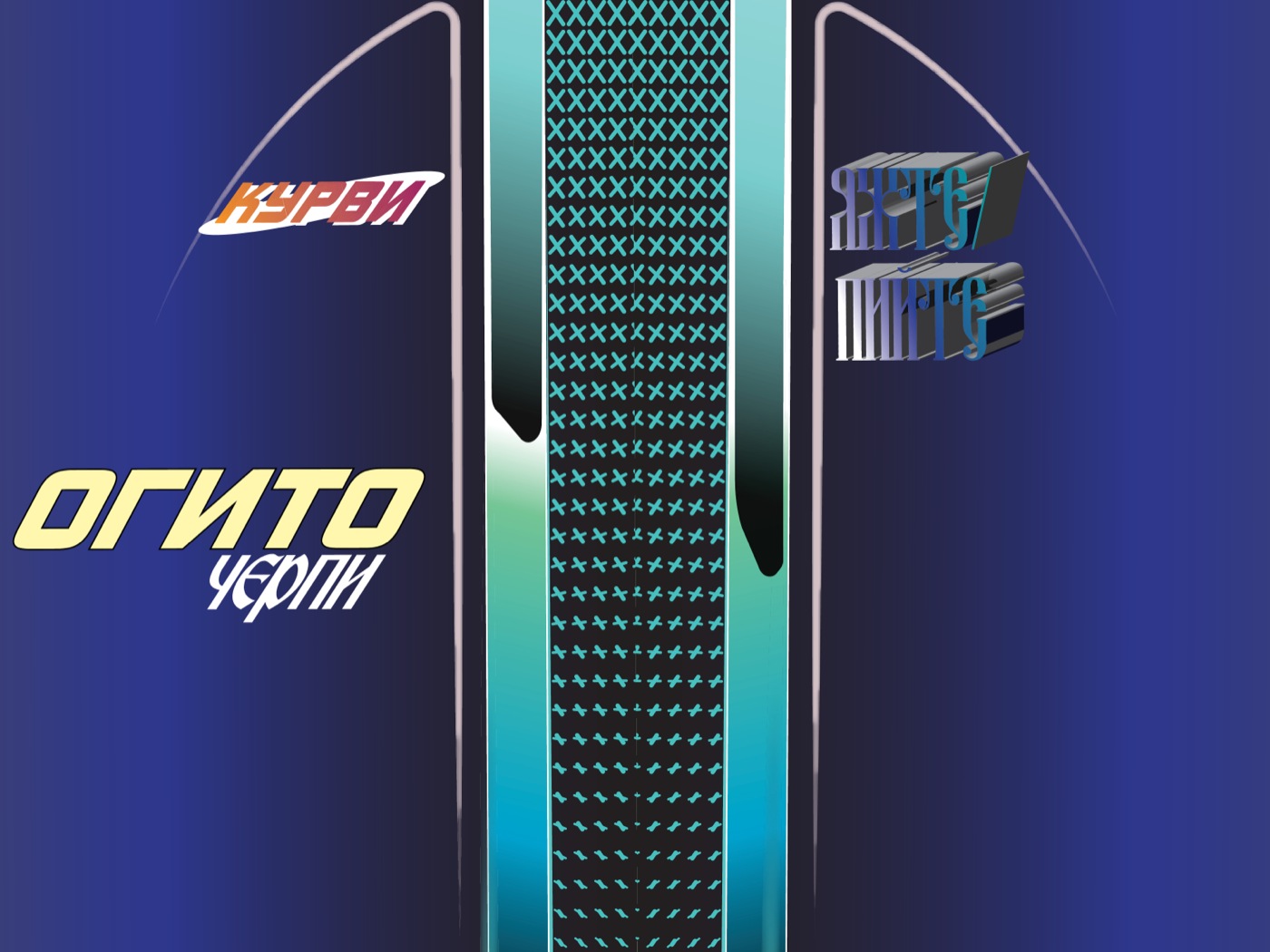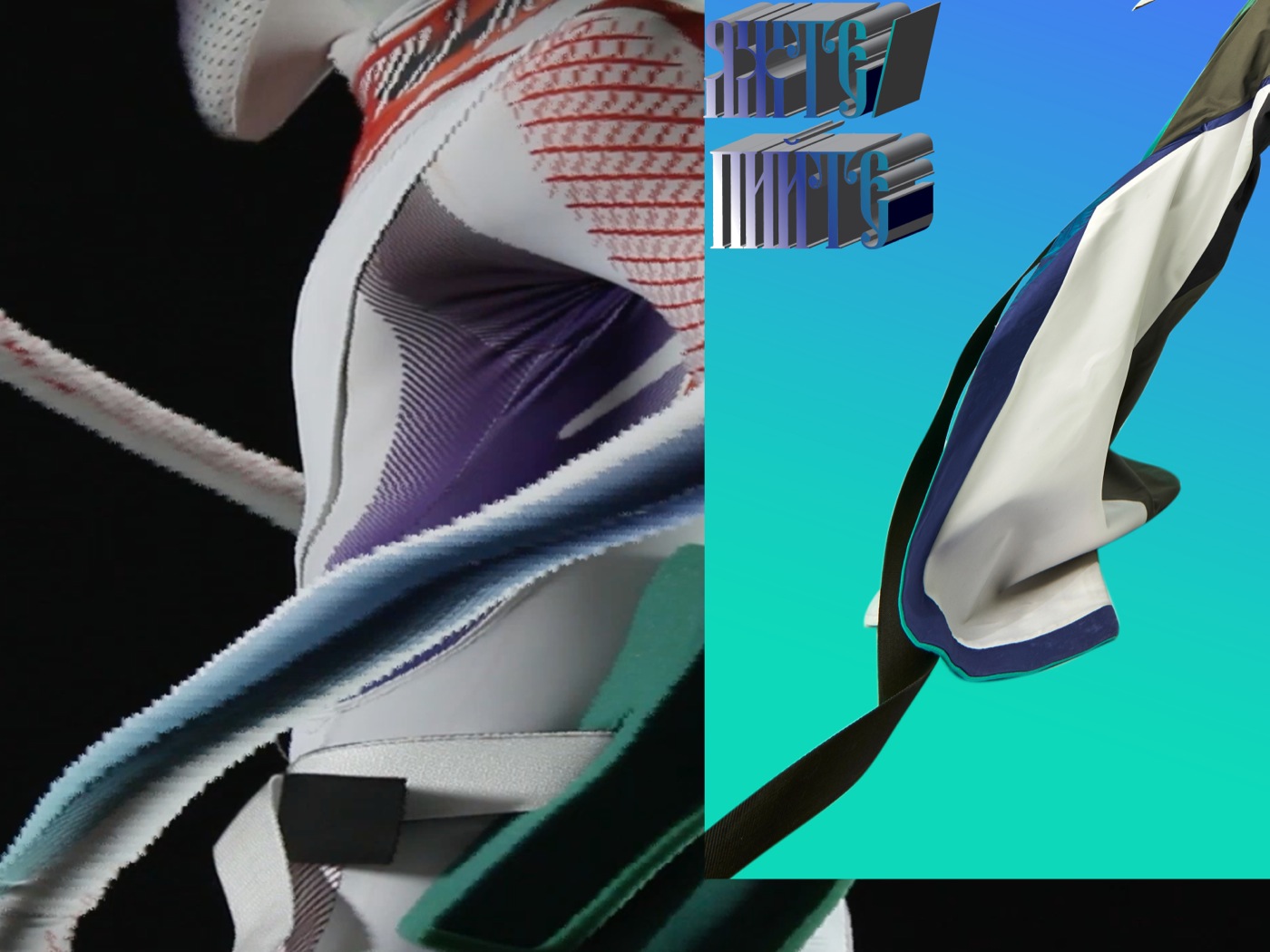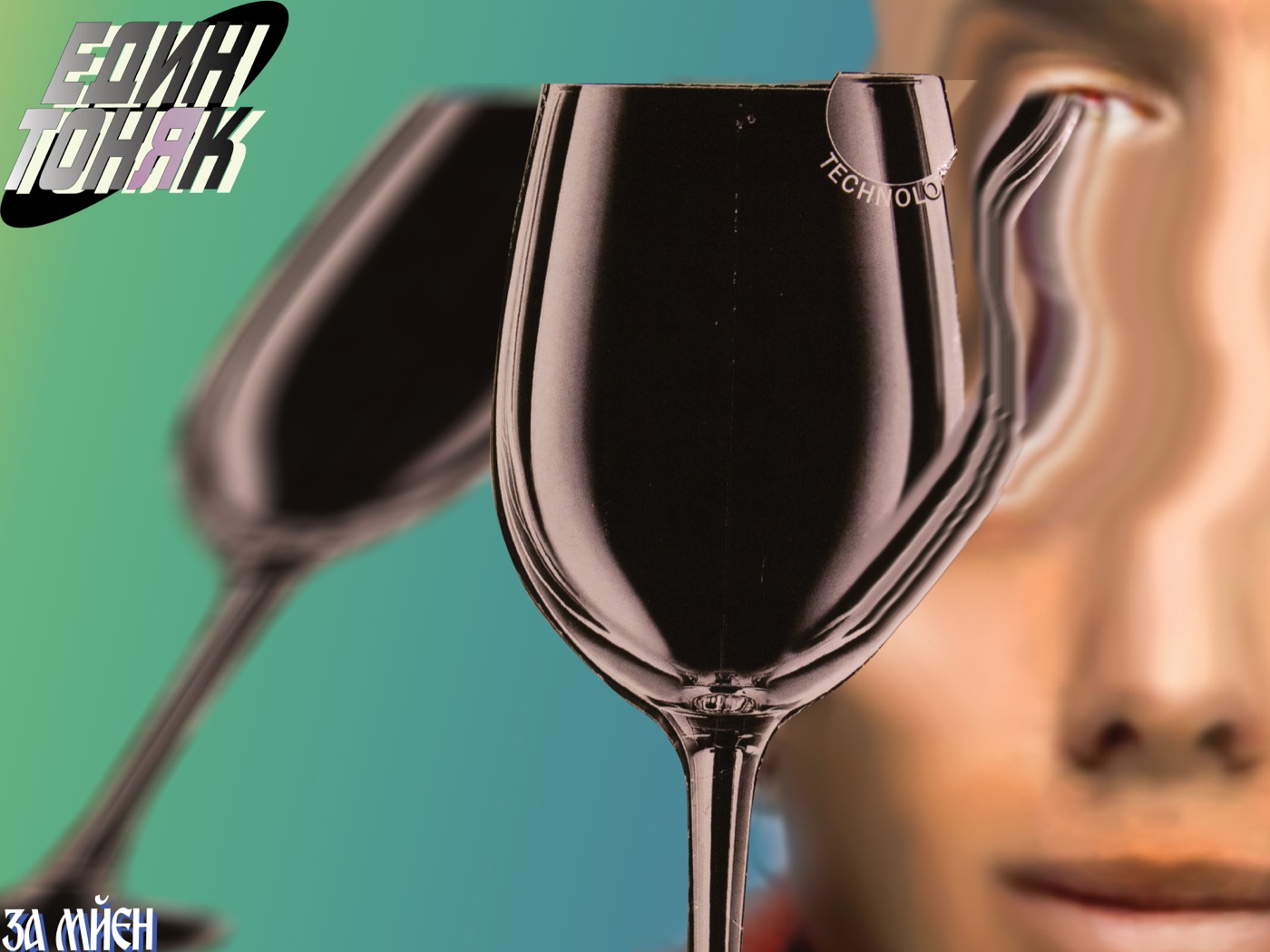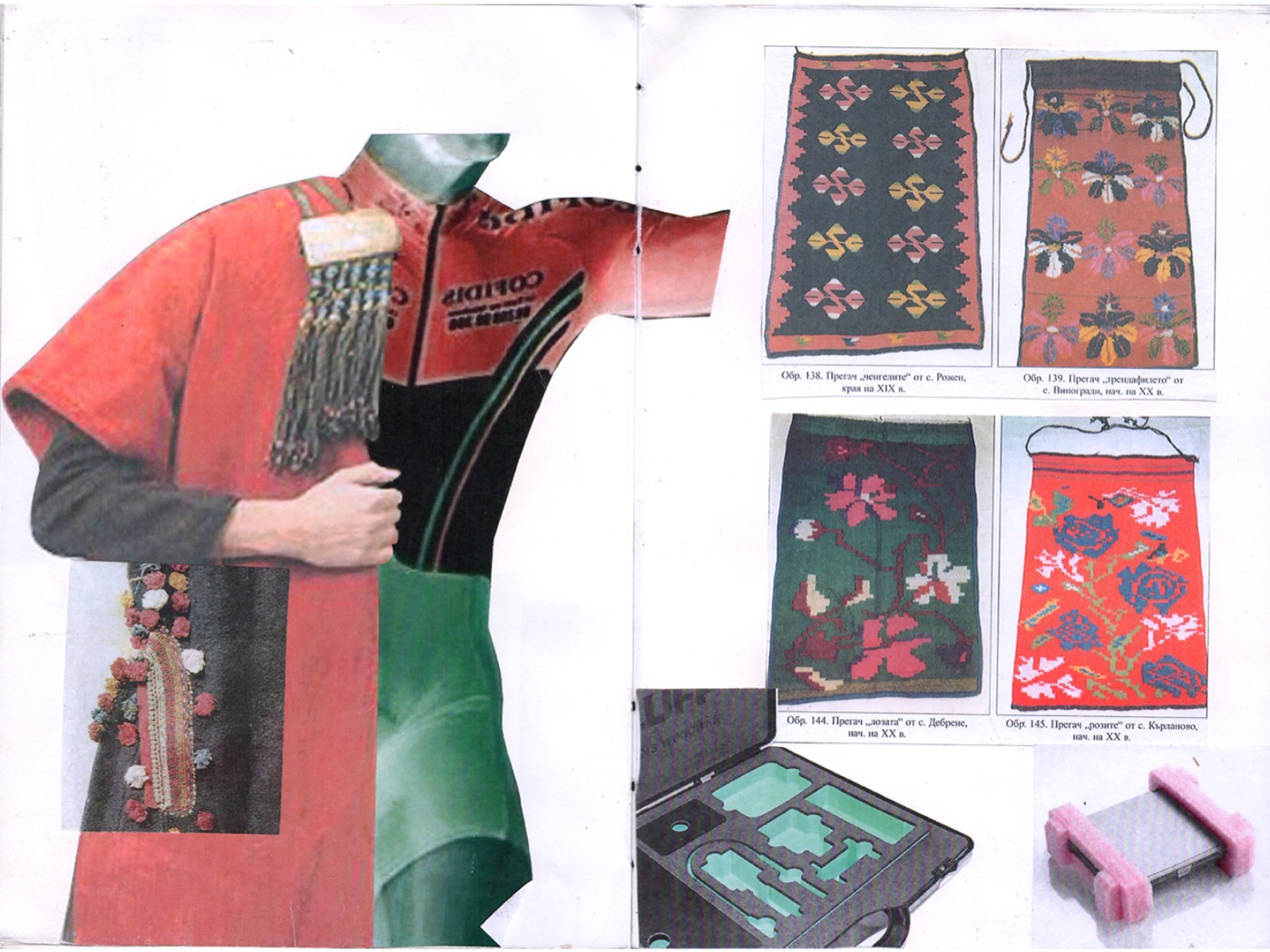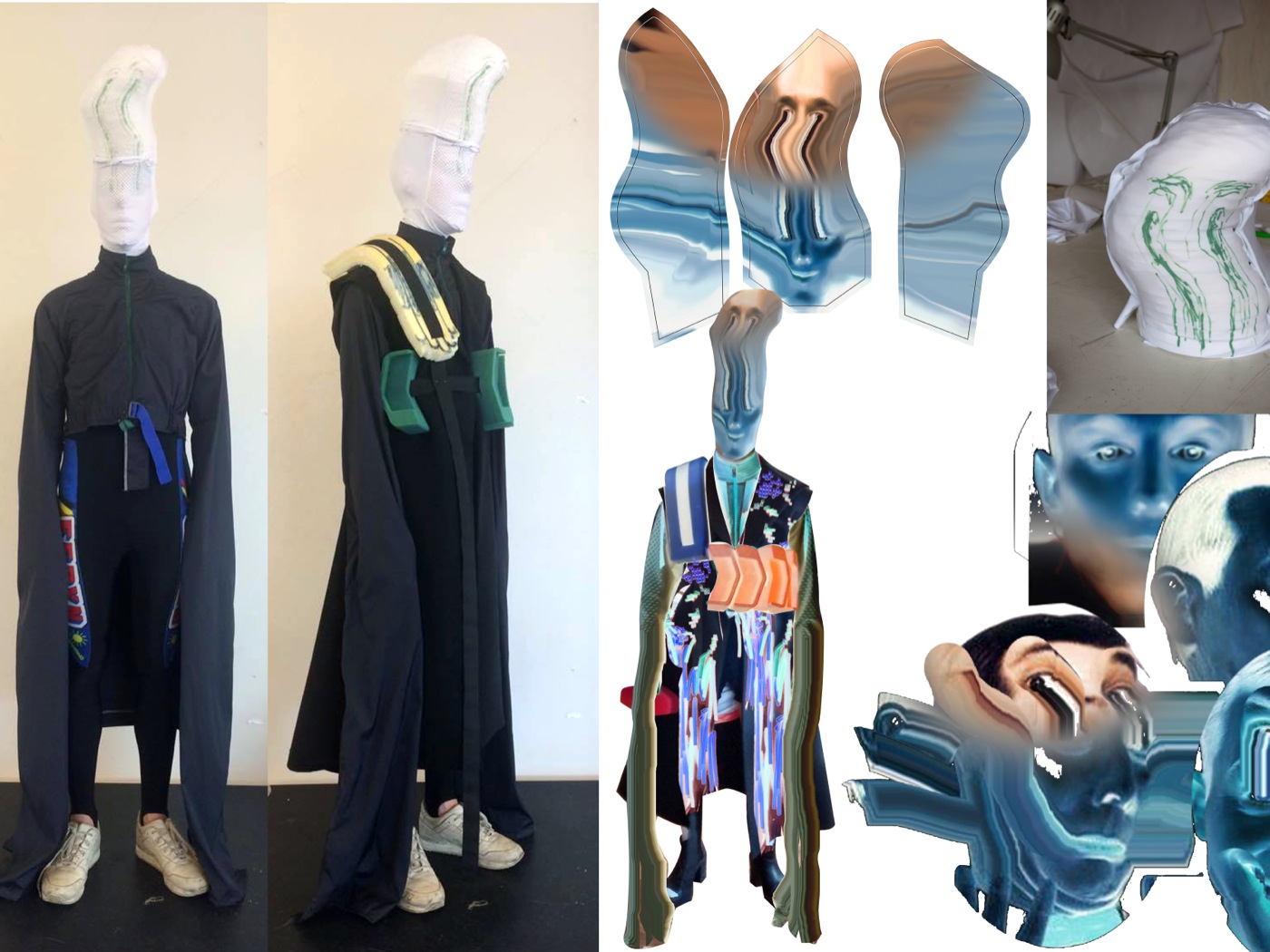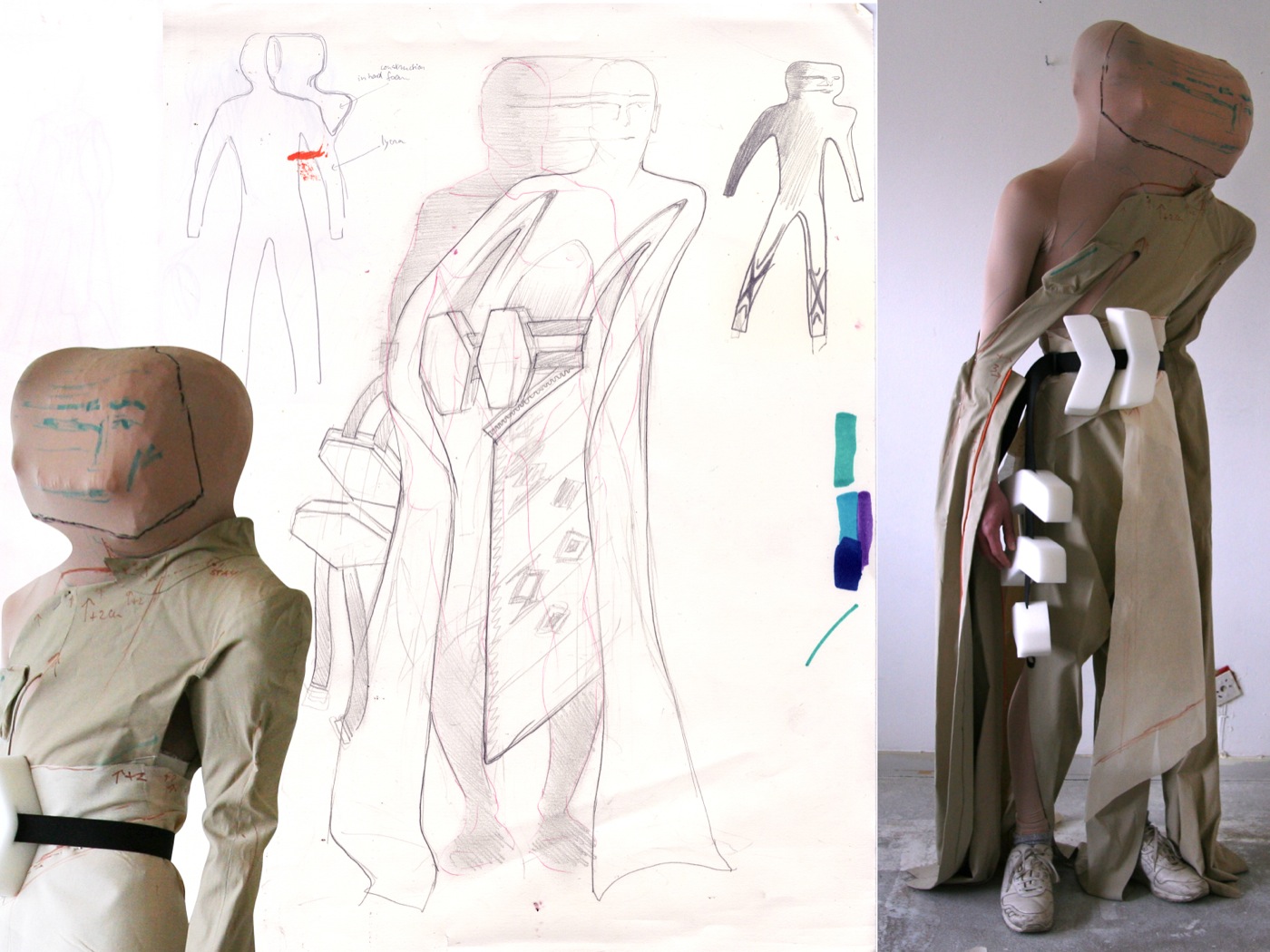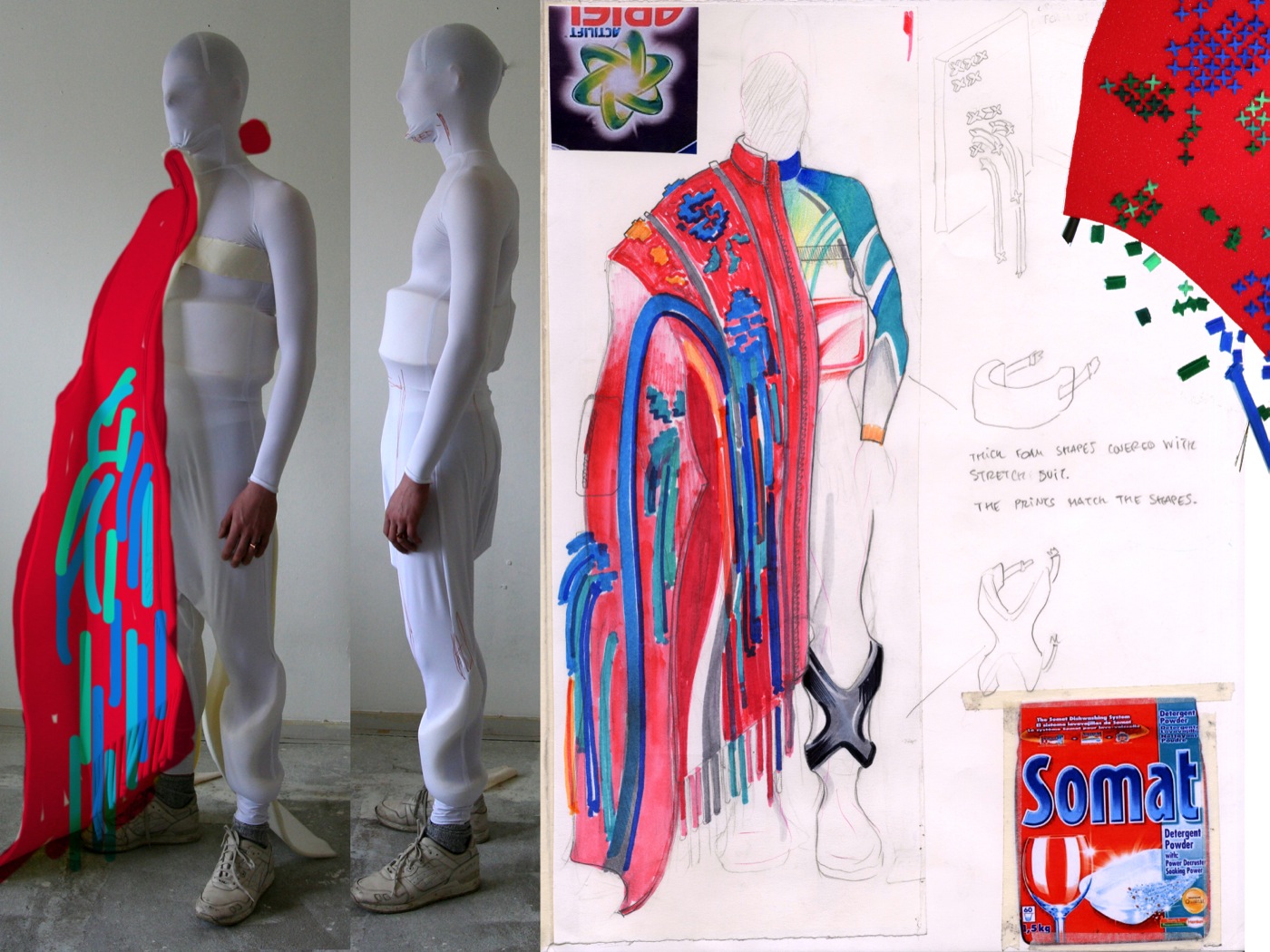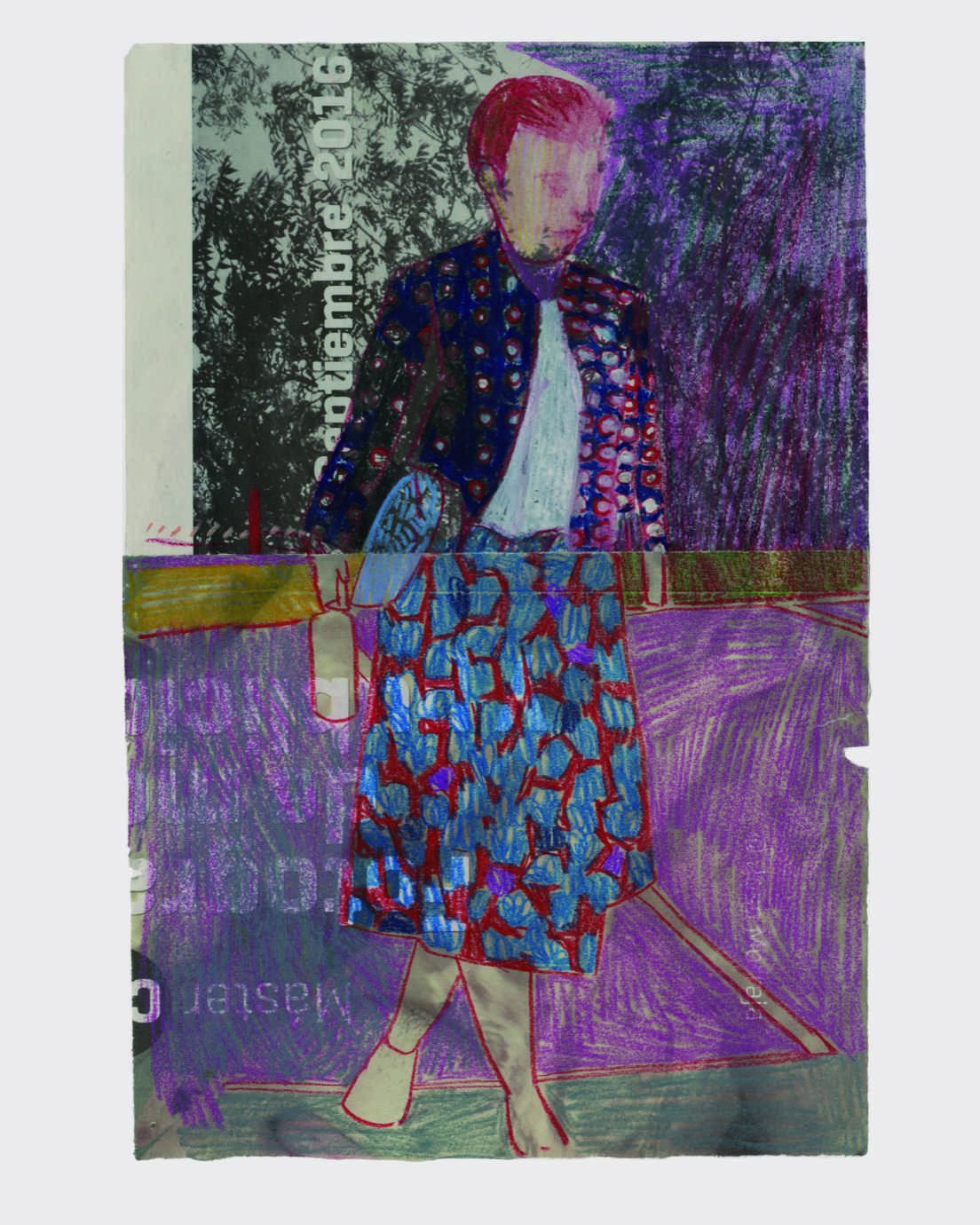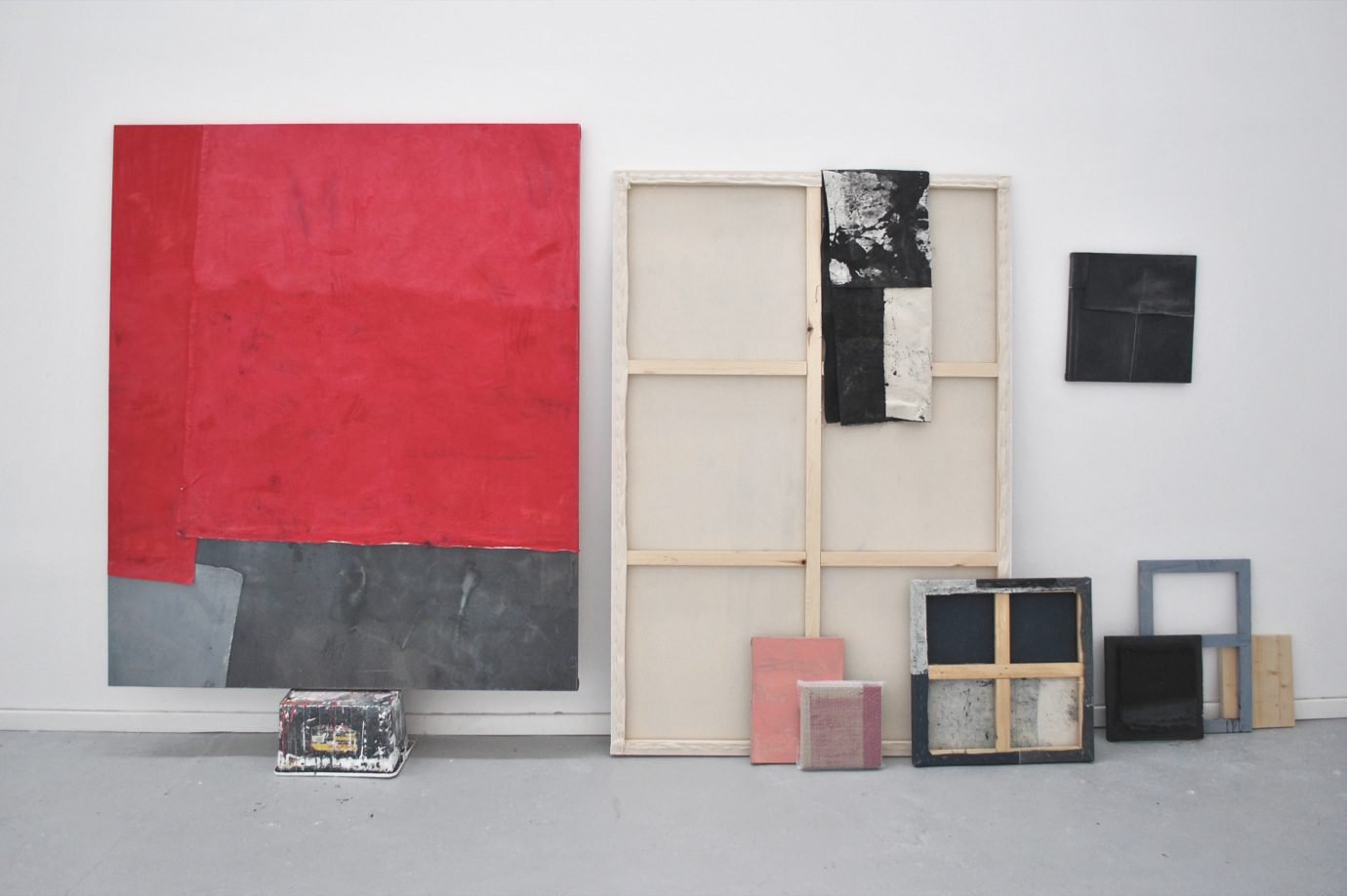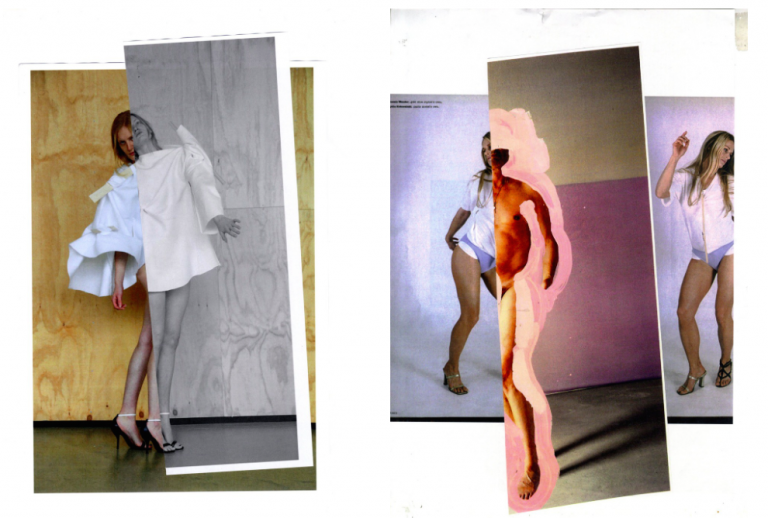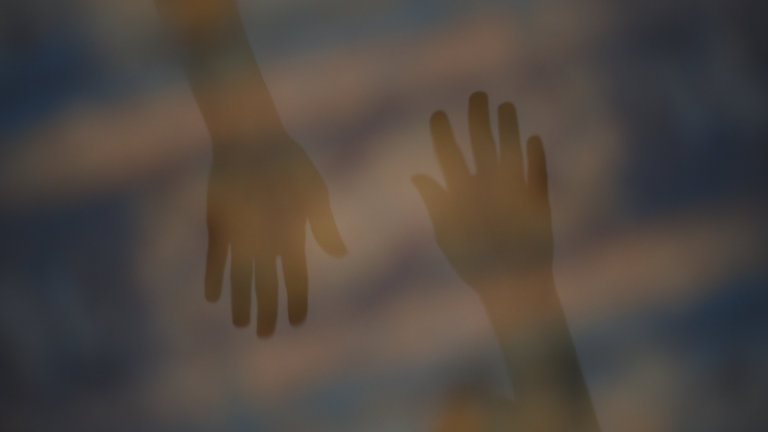“I WANTED SOMEONE TO JUDGE MY WORK AND GIVE ME CREATIVE EVALUATION, IN ORDER TO PROGRESS AND DEVELOP.”
His road to the cradle of the Antwerp Six was long, but every small step somehow helped him keep the ‘right’ direction. After graduating from the best school of Applied Arts in Sofia, Stefan spend almost three years working on ‘random’ freelance projects. This gave him “the freedom of doing everything” by himself: “I did an installation and became my own art director and organized everything on a very tight budget. The idea was to find materials in Sofia that cost nothing. For instance, I once had to find someone to do some laser cut shapes for free. I remember giving instructions to the guy over the phone and the deal was to put his company’s logo on the poster in exchange. It all provoked me to look for other solutions and be a bit more inventive, which helped me a lot during my studies in the Academy.” Coming to Antwerp was the next artistic challenge which he had been seeking for: “I wanted someone to judge my work and give me creative evaluation, in order to progress and develop.”
The collection itself is the result of the extensive research he conducted for a year, and started off as an inspiration from a design task during his studies – to create a replica of a national costume. He chose to make a Kuker (traditional costume of a monster, worn during certain traditional rituals against evil spirits). This led him back to his roots in the Bulgarian countryside where he scanned and photocopied images of traditional ethnographic costumes and elements in clothing and weaving, which played key roles in the detailing of his collection (traditional weaved carpets from Chiprovtsi, which is a Bulgarian region famous for its unique graphic detailing, were remade into floral motives). Others include crosses and flowers scattered through the collection, including the typical Bulgarian rose symbol, which could be seen on one of the oversized coats: “They look pixelated because the embroidery technique involves a similar way of reproducing images with squares. Very geometric, which has always been my cup of tea.”
His fascination with these elements somehow connected with his favorite sportswear aesthetics and functionality objects, like packaging foam or swimming safety belts. In a way, these elements are very personal to him: “I go swimming and I see people wearing these things all the time. I was trying to find the connection between them, like cycling t-shirts and embroidery in the same color, for example.”
This is how he came up with the concept of the collection: presenting Bulgarian folklore in a contemporary way, and imagining how everything would look if Bulgarians were inventing new fashions seen through the prism of their heritage. Blending tradition and innovation and skipping the time lapse between, is like “taking traditional folklore elements from centuries ago and the aesthetic views in ten years time, and simply matching them.” Distortion as a concept is also present in a purely physical understanding — most notably on the exaggerated foam mask-heads. Most of them belong to Stefan, except for one, which he borrowed from a guy on Facebook who agreed to be his face. Literally.
Sadly, this tendency has been overshadowed by the ruling order of the West, which has made that possible. “I don’t think it’s nice to wait for the Western world’s approval to appreciate your own history, which is unfortunately the case with fashion in Bulgaria. Many kids today,” says Kartchev, “follow Western trends which coincide with our position as a country in transition.”

